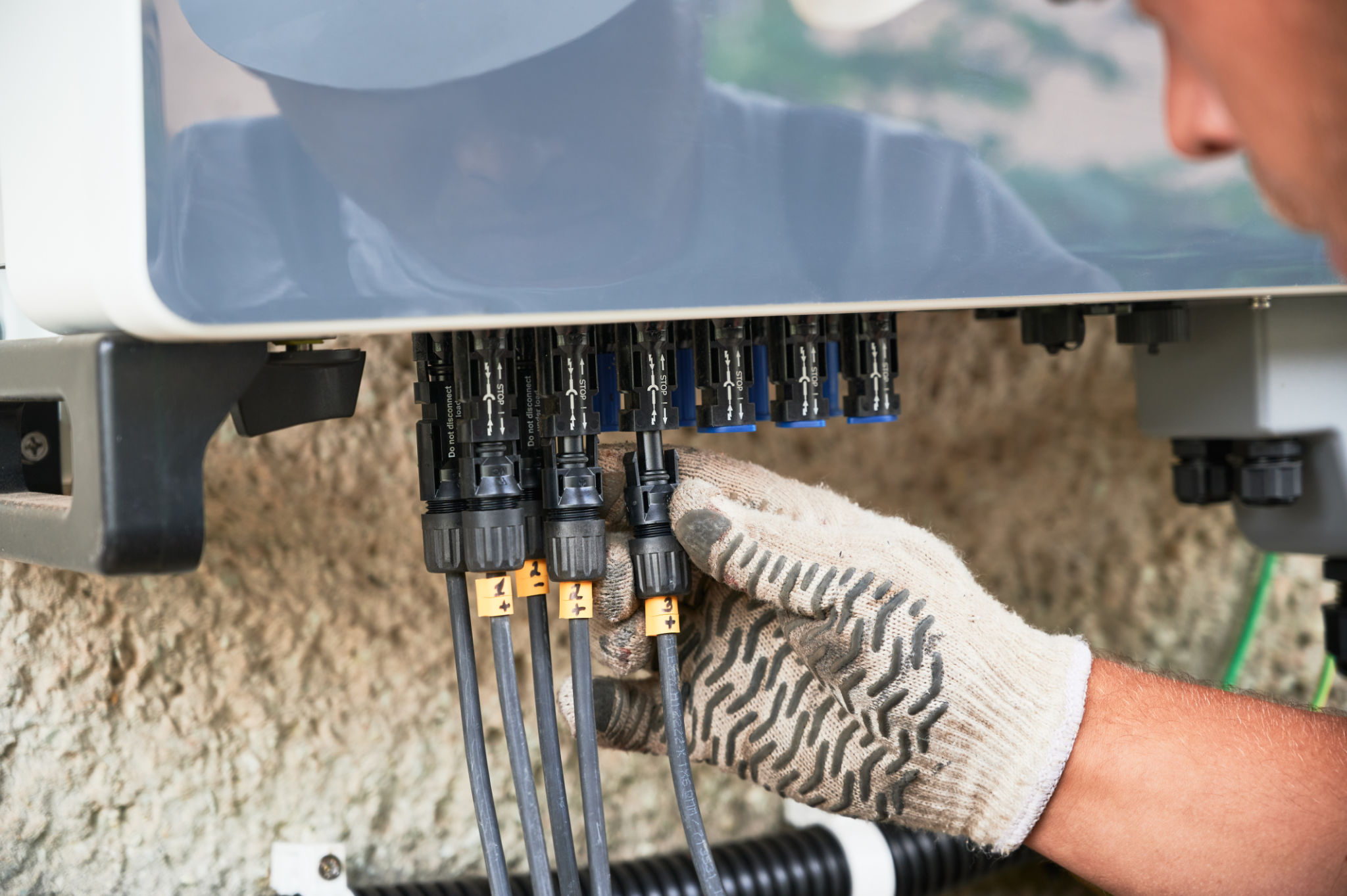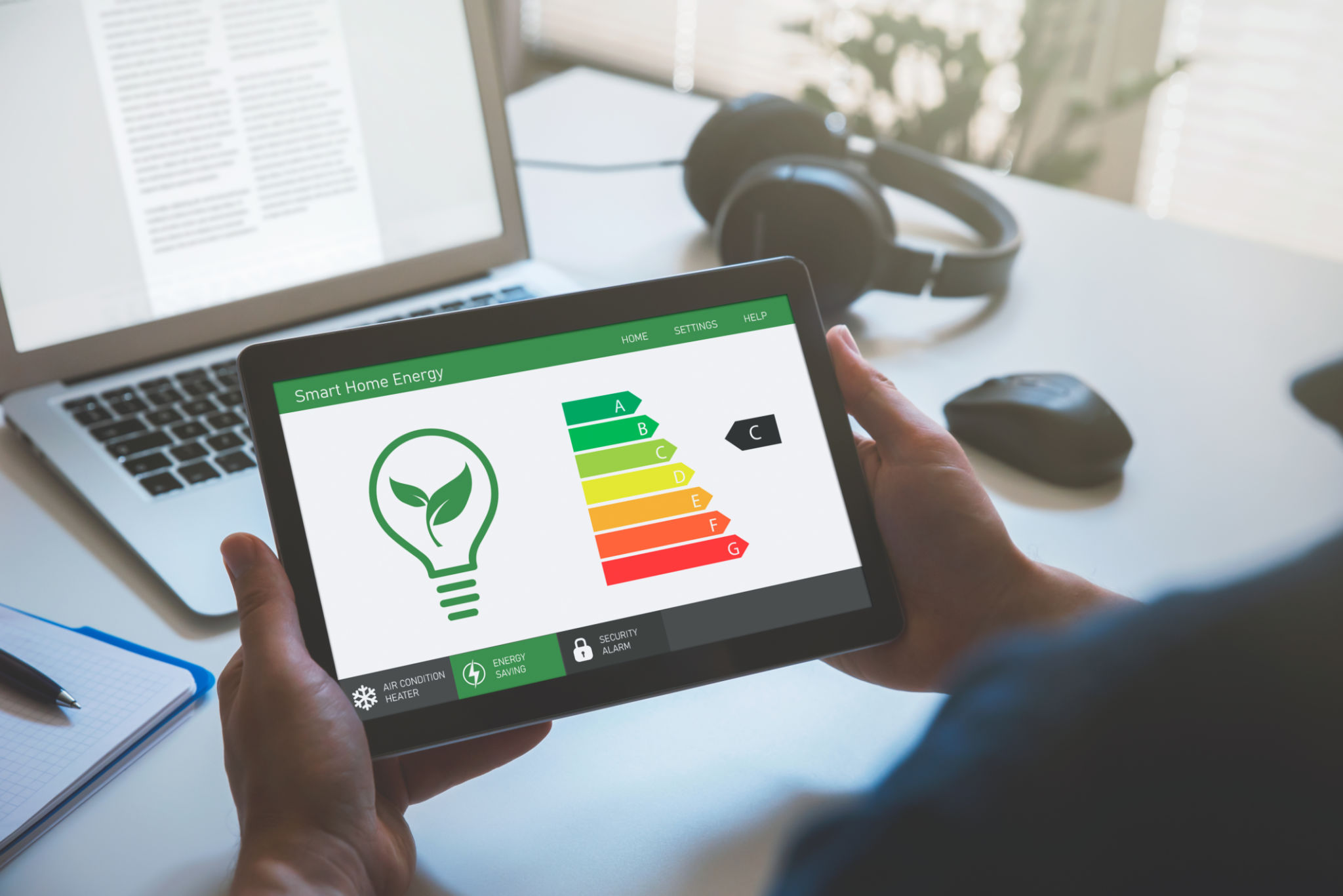Comparing Inverter Types: Which One is Best for Your Needs?
CH
Understanding Inverters and Their Importance
Inverters play a crucial role in converting direct current (DC) from solar panels or batteries into alternating current (AC), which is used by most household appliances. Choosing the right type of inverter is essential for maximizing the efficiency and reliability of your power system. With several types available, it's important to understand their differences to make an informed decision.

String Inverters: A Popular Choice
String inverters are one of the most common types used in residential and commercial solar installations. They are designed to manage multiple solar panels connected in series, forming a “string.” These inverters are known for their cost-effectiveness and simplicity.
However, string inverters have a notable drawback: if one panel in the string underperforms due to shading or malfunction, it can affect the entire system's performance. Despite this, string inverters remain a popular choice for installations with minimal shading issues.
Microinverters: Maximizing Efficiency
Microinverters are gaining popularity due to their ability to optimize each solar panel independently. This means that shading or dirt on one panel does not impact the others, ensuring maximum energy efficiency. Microinverters are an excellent choice for complex roof designs or areas with variable shading.

While microinverters offer significant advantages, their upfront cost is typically higher than string inverters. However, the long-term benefits of increased energy production often justify the initial investment.
Power Optimizers: A Hybrid Approach
Power optimizers are often considered a middle ground between string inverters and microinverters. They work in conjunction with a central inverter but allow for individual panel optimization. This setup combines the benefits of both systems, providing enhanced performance without a substantial cost increase.
Power optimizers are ideal for installations where shading is intermittent or where future expansions might be considered. They offer the flexibility and efficiency of microinverters without completely overhauling the inverter system.

Choosing the Right Inverter for Your Needs
When selecting an inverter, consider your specific needs and environment. Key factors include:
- Roof Design: Complex roofs may benefit from microinverters or power optimizers.
- Shading: Areas with significant shading should consider solutions that optimize individual panels.
- Budget: String inverters offer cost-effective solutions, while microinverters may require a higher initial investment.
Conclusion: Tailoring Your System
The best inverter for your needs depends on various factors including your installation environment and budget. By understanding the strengths and limitations of each type, you can tailor your solar power system to achieve optimal performance.
Consulting with a solar energy professional can provide further insights and help you make the most informed decision for your unique situation.
